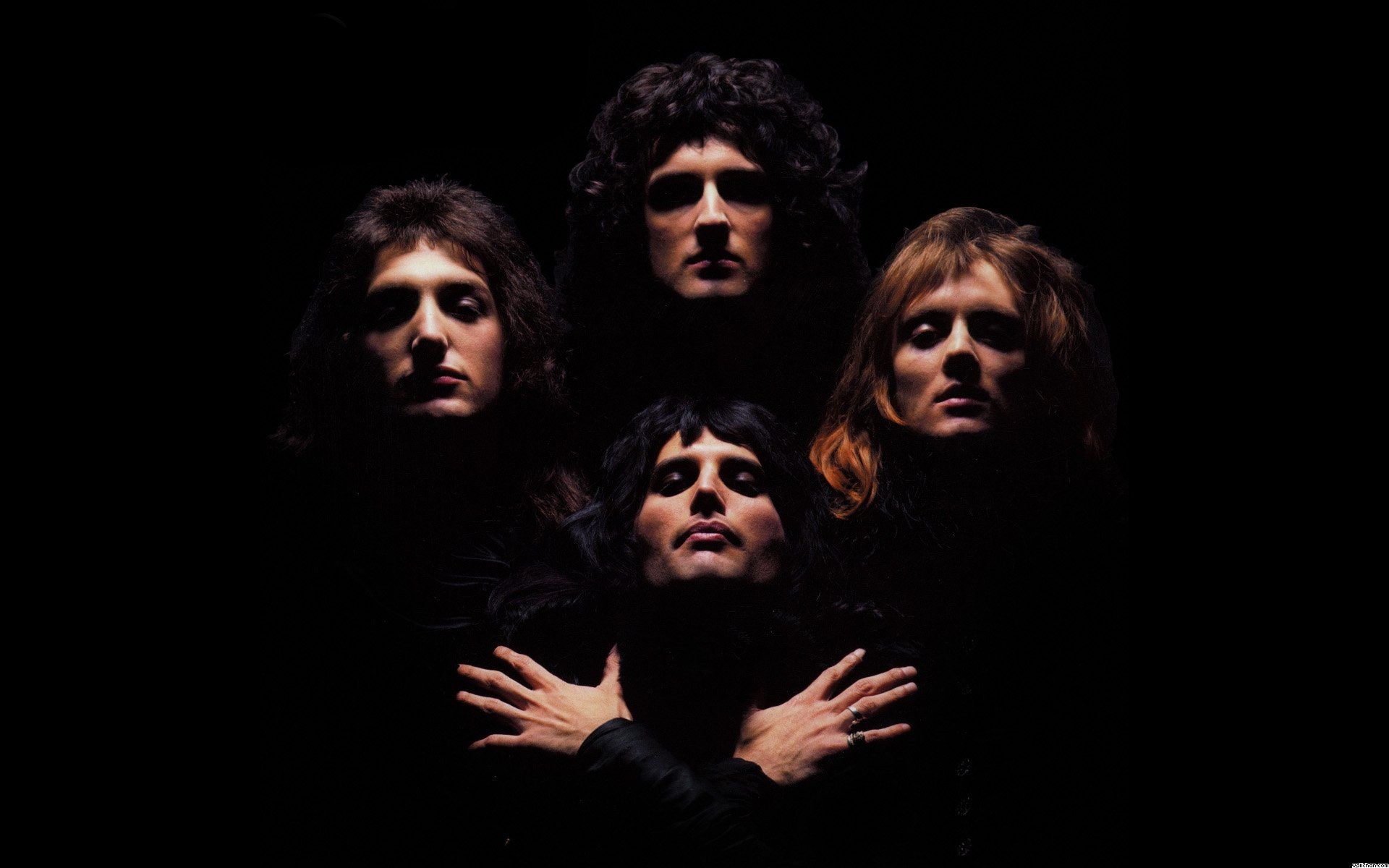The boom of music streaming services associated with shortening and accelerating tracks

Shot from Queen clip “ Bohemian Rhapsody ”. The duration of the composition is 6 minutes.
Remember the long, dramatically protracted performances in the pop ballads of the 80s? According to a new study, all compositions with long introductions do not occupy top positions of the music charts, and this may be the short attention of listeners.
The entry, which in the mid-80s averaged over 20 seconds, today does not last longer than 5 seconds, the study notes . Depending on the user's musical world, he can scold or thank streaming services for moving away from instrumental intro, says Hubert Léveillé Gauvin, a doctoral student in music theory at Ohio State University .
')
Leville Govin listened for several months and analyzed songs that made the top ten of the charts from 1986 to 2015, and found a sharp rejection of long introductions. He also recorded a noticeable increase in tempo and drew attention to the fact that the performers of the newest successful songs quickly reach the title of the hit in the text. In addition, song titles today are shorter than before - often just one word.
Leauville Gowen calls the cause of these changes the "attention economy" of modern pop music. This means that the authors of compositions deliberately speed up the music intro in order to capture the attention of non-regular listeners, many of whom use Spotify, Pandora and other streaming services.
We know that the voice is one of the most eye-catching things in a musical composition. Therefore, many people who tend to concentrate often prefer instrumental music.
“It is necessary for survival: songs that manage to capture and hold the attention of listeners are played, while others are skipped. There is always the next song, and if people can skip songs easily and for free, you have to do something to attract the attention of users, ”Leauville Gauvin says.
He noted that instead of looking for direct income from streaming services, artists are looking for something else to attract listeners to concerts or other products they sell.
Artists and producers stop making cultural products. Instead, they make "advertisements" for their own promotion. The product is not necessarily a song, it can be a personal brand.
Leviville Gowen measured the tempo of 303 singles who were in the top 10 for 29 years, and found a clear tendency to accelerate pop music: the average tempo increased by about 8%. He compared the number of words in the names of the songs and found an increasingly strong decrease in the words in them after several years. The researcher considers the disappearance of the intro really amazing: the time before words was reduced by 78%.
To illustrate the difference, Leville Govin suggests comparing the song “Nothing's Gonna Stop Us Now”, performed by Starship, with the popular song Maroon 5 “Sugar”.
In Starship, the transition to the first word of the song takes about 22 seconds. The composition plays at an average pace, and the listener will get acquainted with approximately one minute of the track before he learns that “the star ship will not be stopped,” that is, he will hear the name. Maroon 5, on the contrary, at the beat tempo gets to the name of the song in the text - in just 40 seconds. Entry is two times shorter than Starship. However, there are exceptions to this trend.
The popular composition Gotye "Somebody That I Used To Know" - the hit of 2012 - got the name almost three times longer than the other leaders of the charts of the same year. The 20-second instrumental intro was four times as long as the average, and the listener waited two full minutes before hearing the name in the song.
In his second study, Leville Govin evaluated the data provided by Spotify to see how popular the artist's songs are, whose compositions are more suitable for attracting attention, compared to the less popular songs released by this artist. In this work, he did not find confirmation of the “attention economy” hypothesis.
Music is constantly evolving under the influence of many factors, and there is no way to explain all the changes that the researcher discovered while studying the streaming services. But he is sure that they are definitely contributing.
If you look into the past, technological change is likely to have influenced how people composed and listened to music. Leviville Gowen adds that the CD jumped and overtook vinyl records and cassettes.
On average, the length of songs over many decades remained unchanged - about three minutes. Why exactly so much science is not known. Some experts suggest that the reason is technological in nature - the first phonographs played 10-inch discs, which could hold about three minutes of music. The increase in the average length of the tracks began after 1959, and this figure grew until 1992, which can be explained by the improvement of the technology of production of vinyl records and the creation of compact discs. However, the question of why after the 90s the duration of the compositions began to steadily decrease, still remains open.
doi: 10.1177 / 1029864917698010
Source: https://habr.com/ru/post/370377/
All Articles